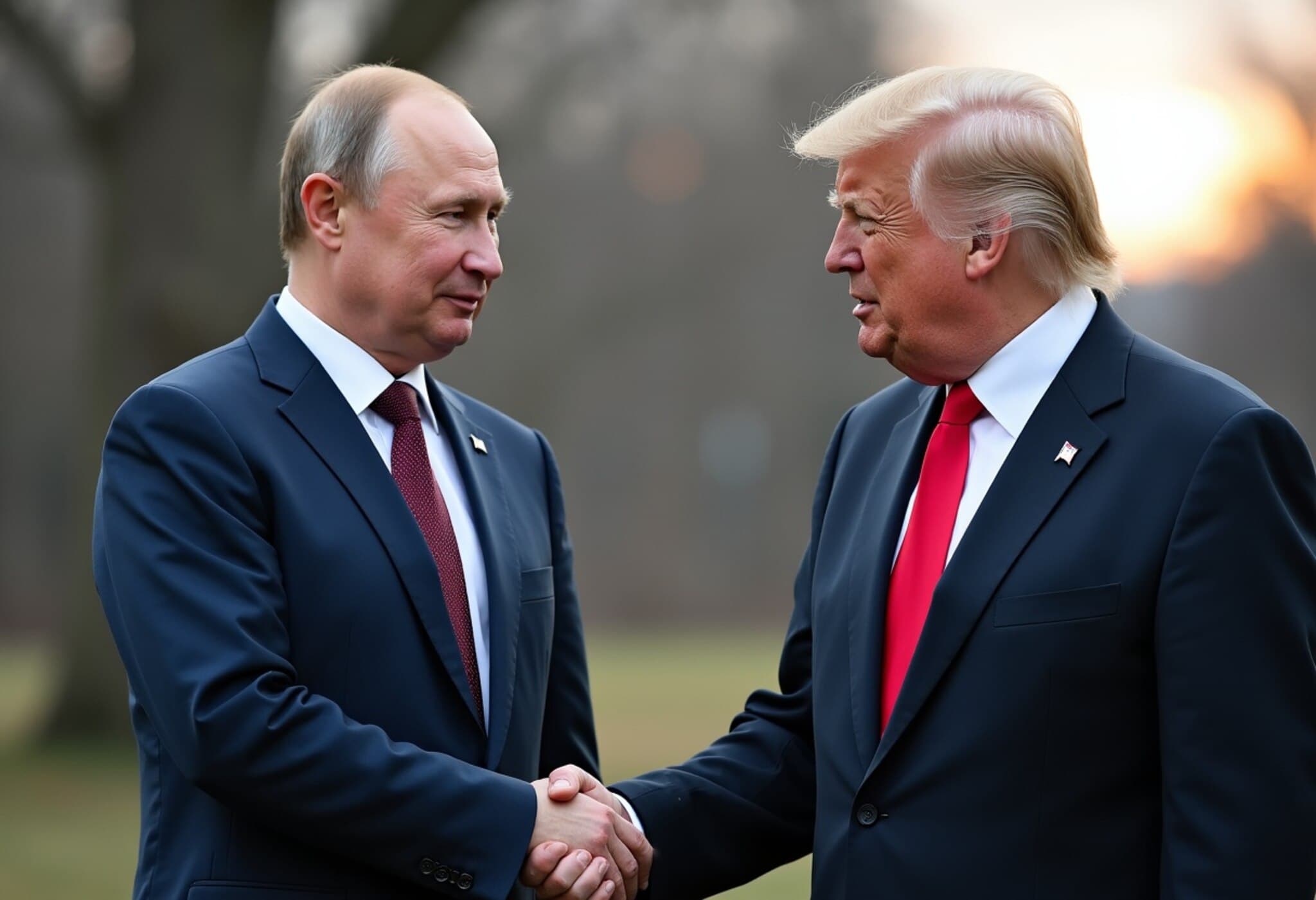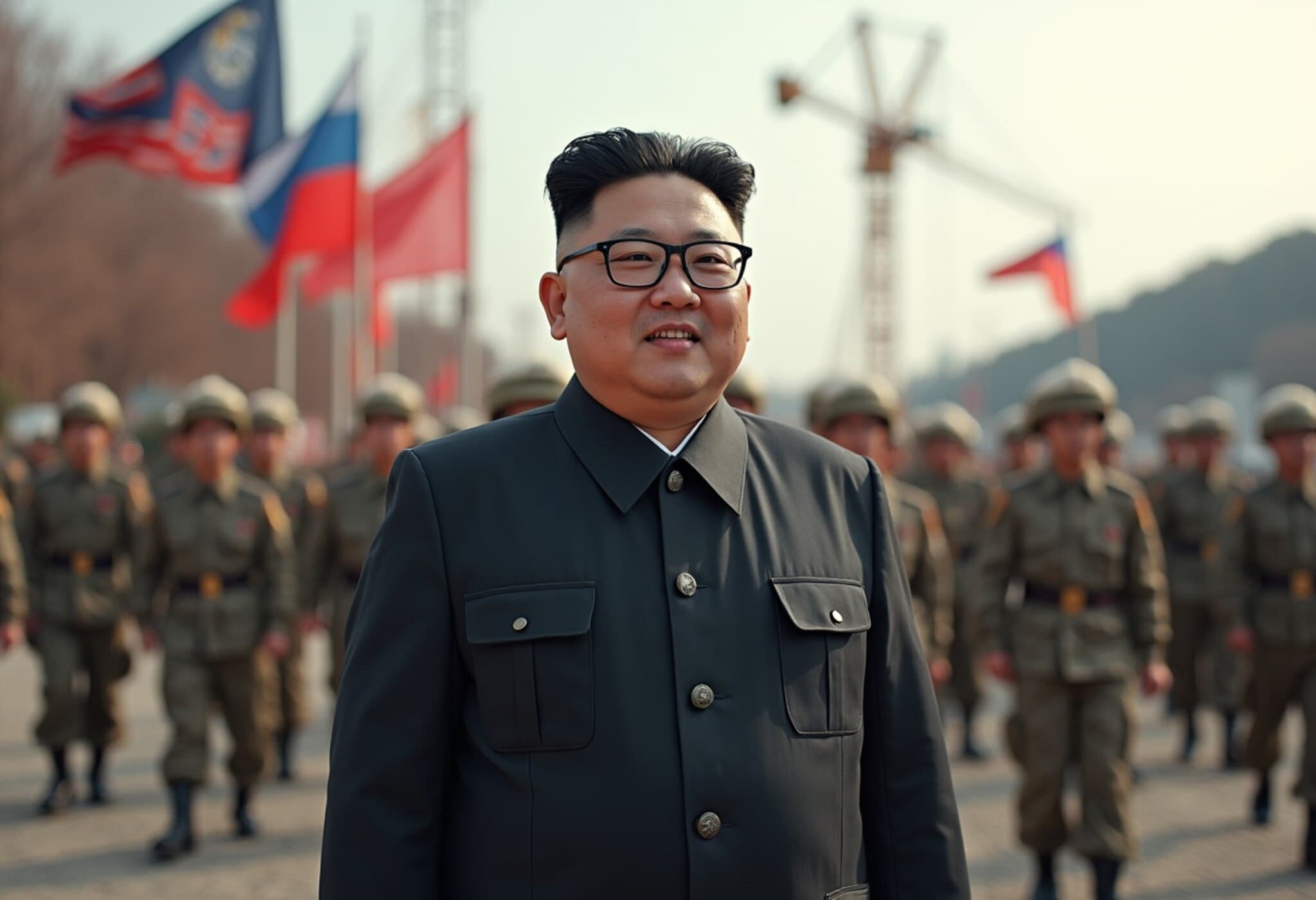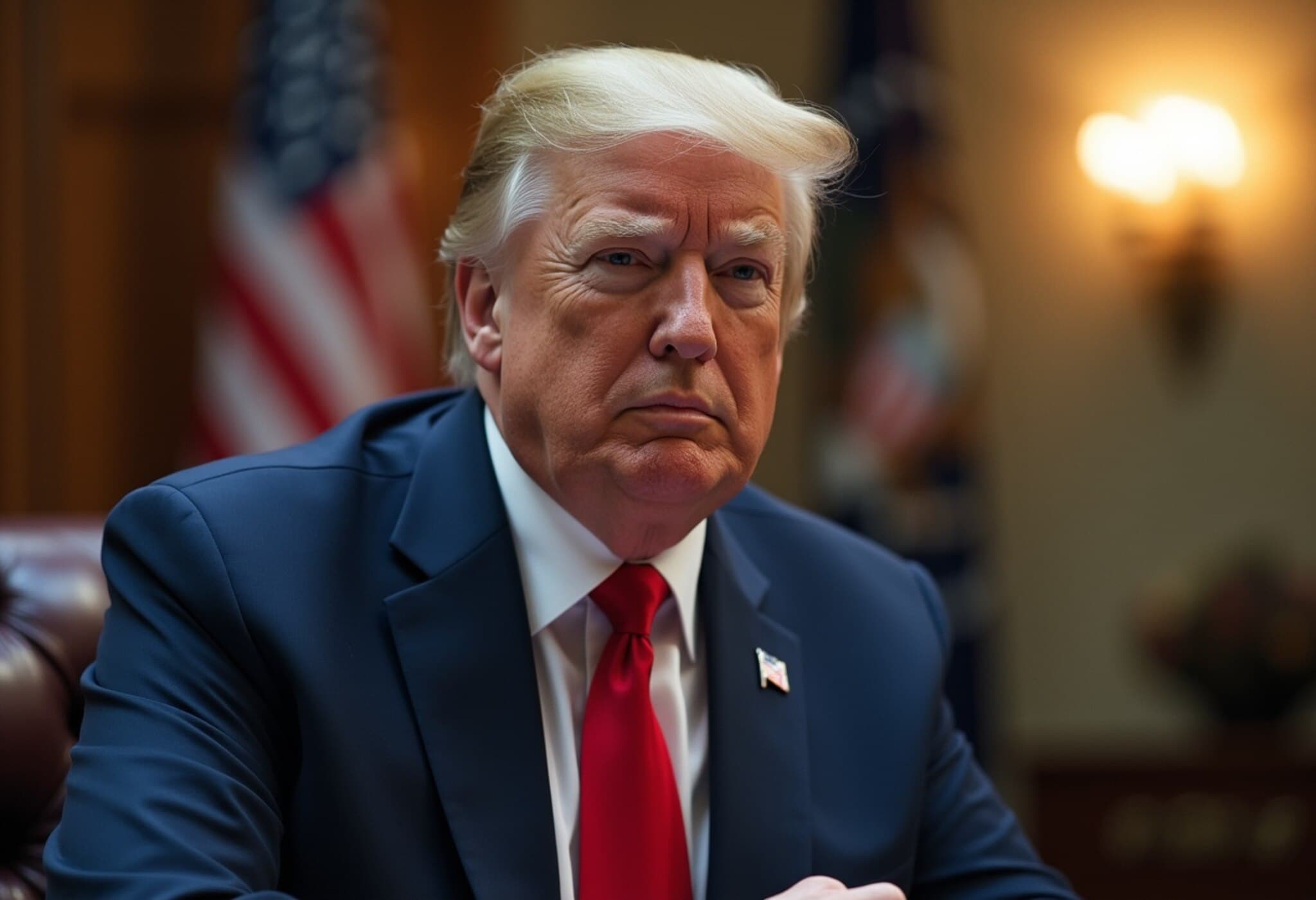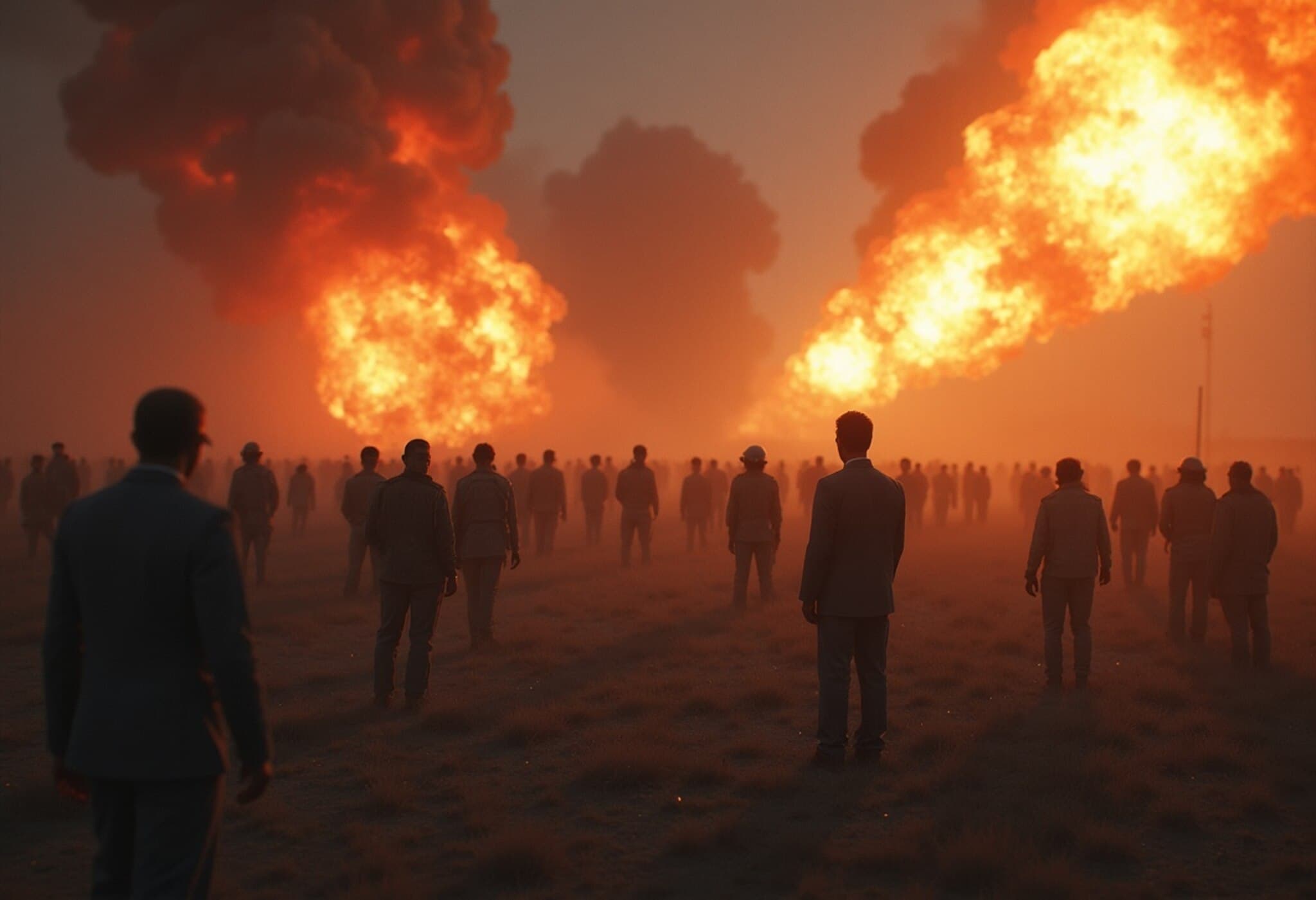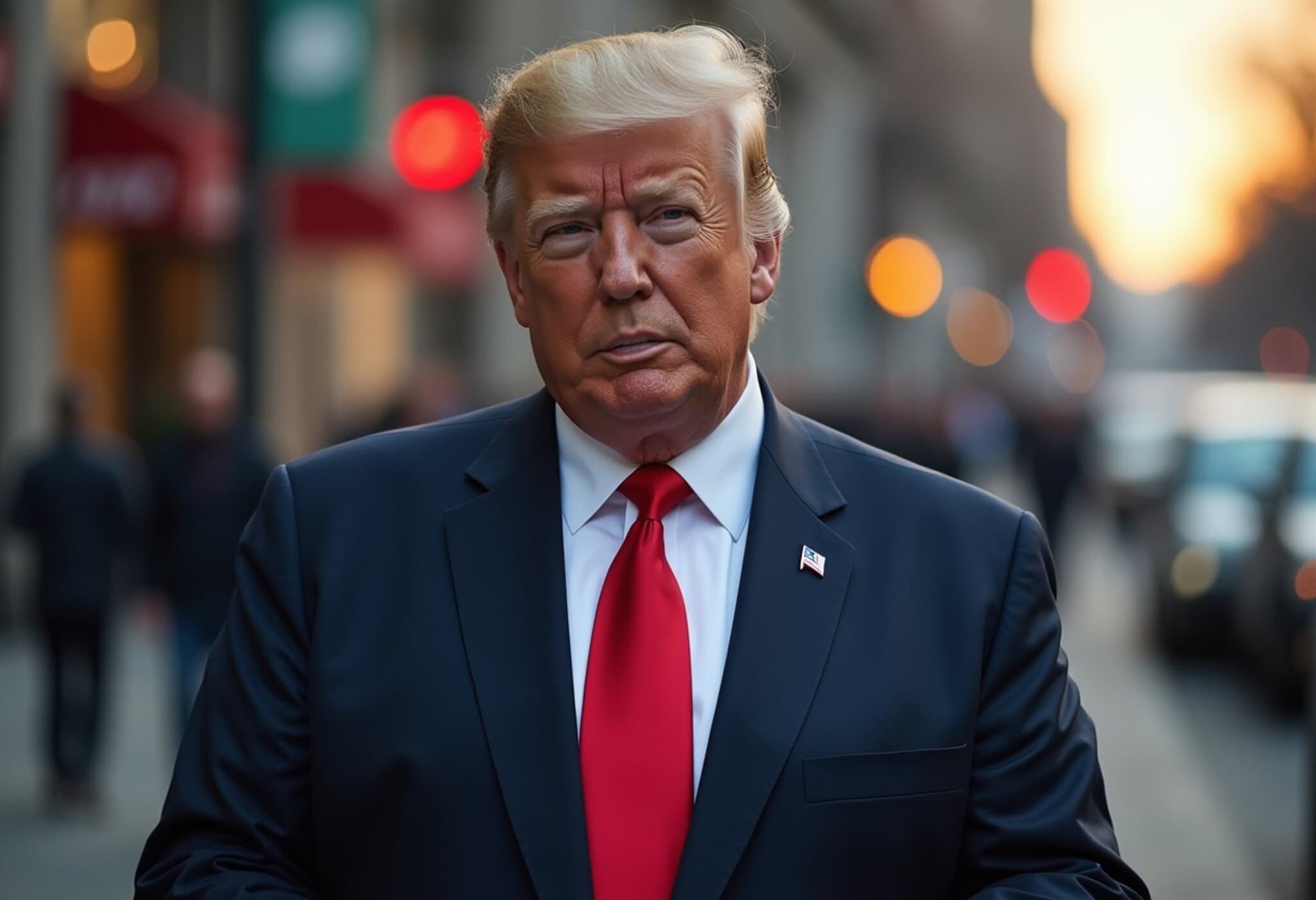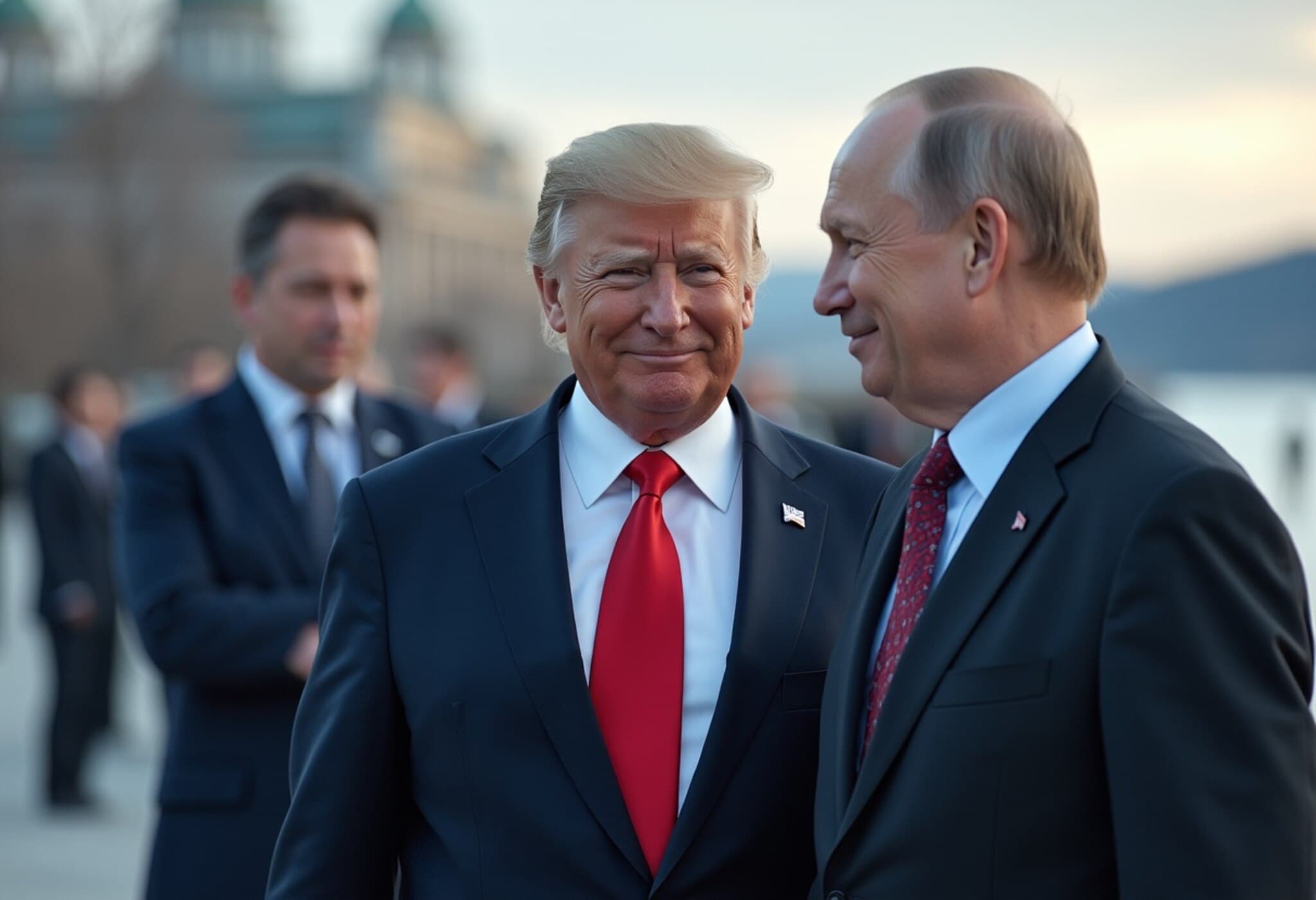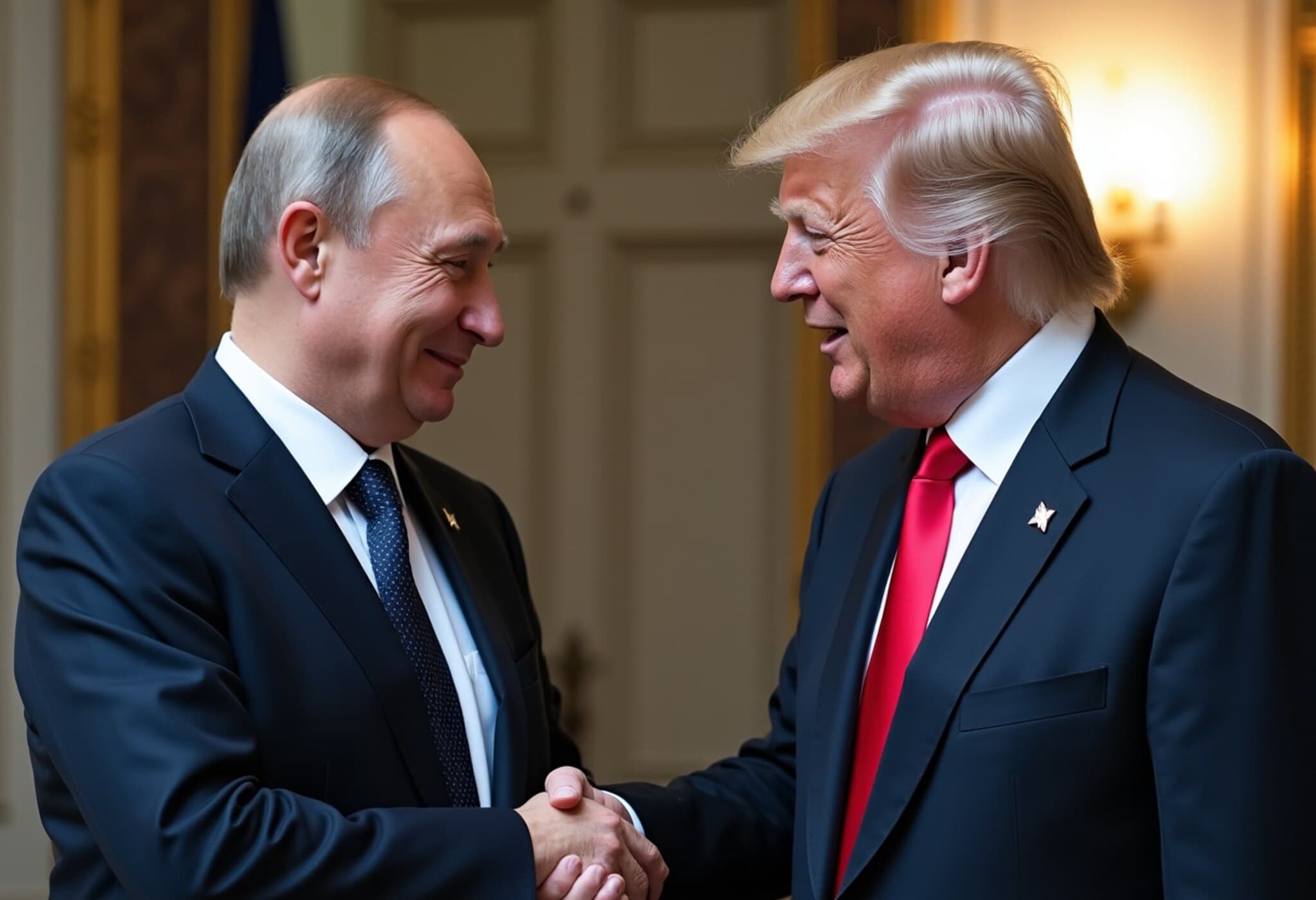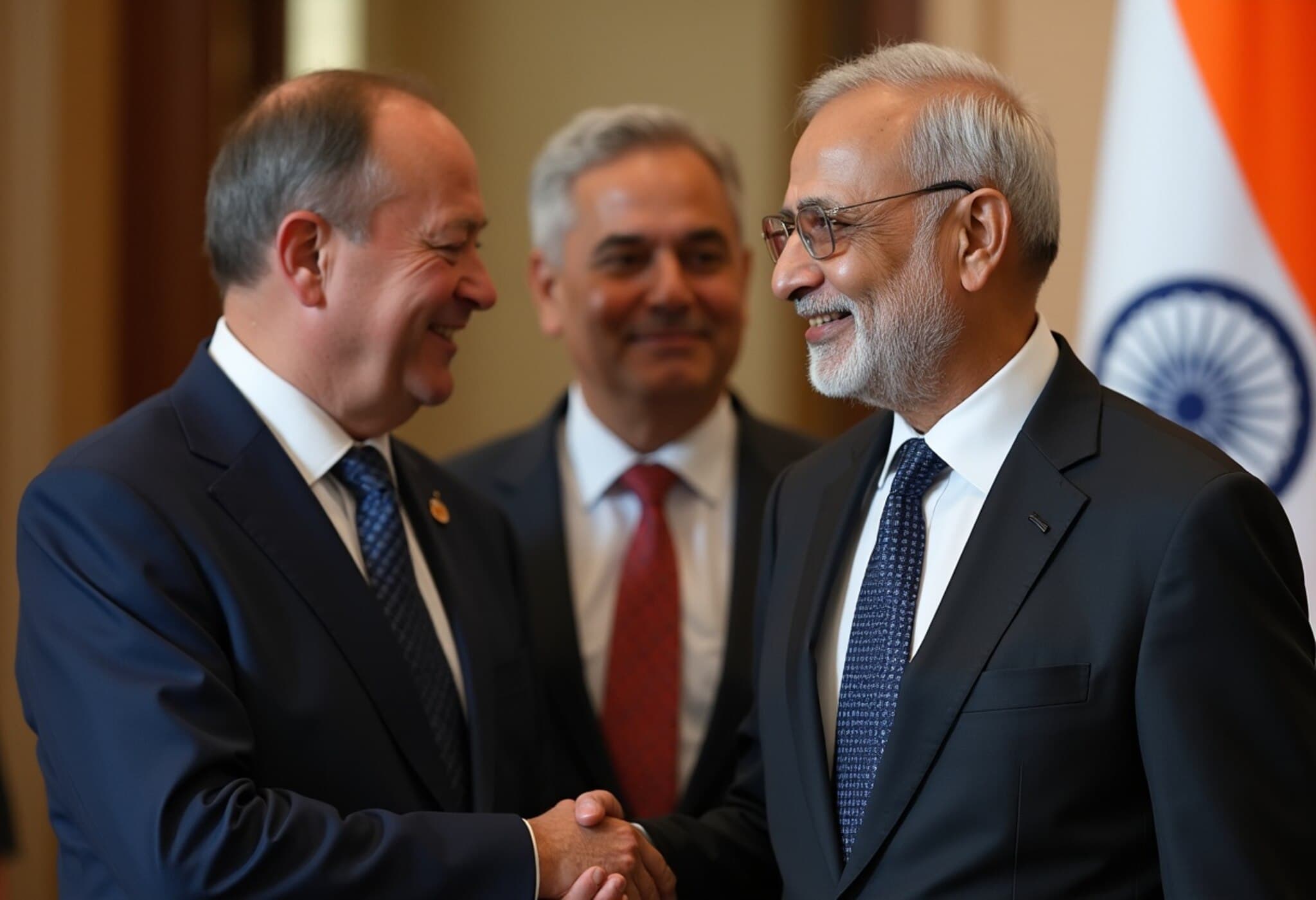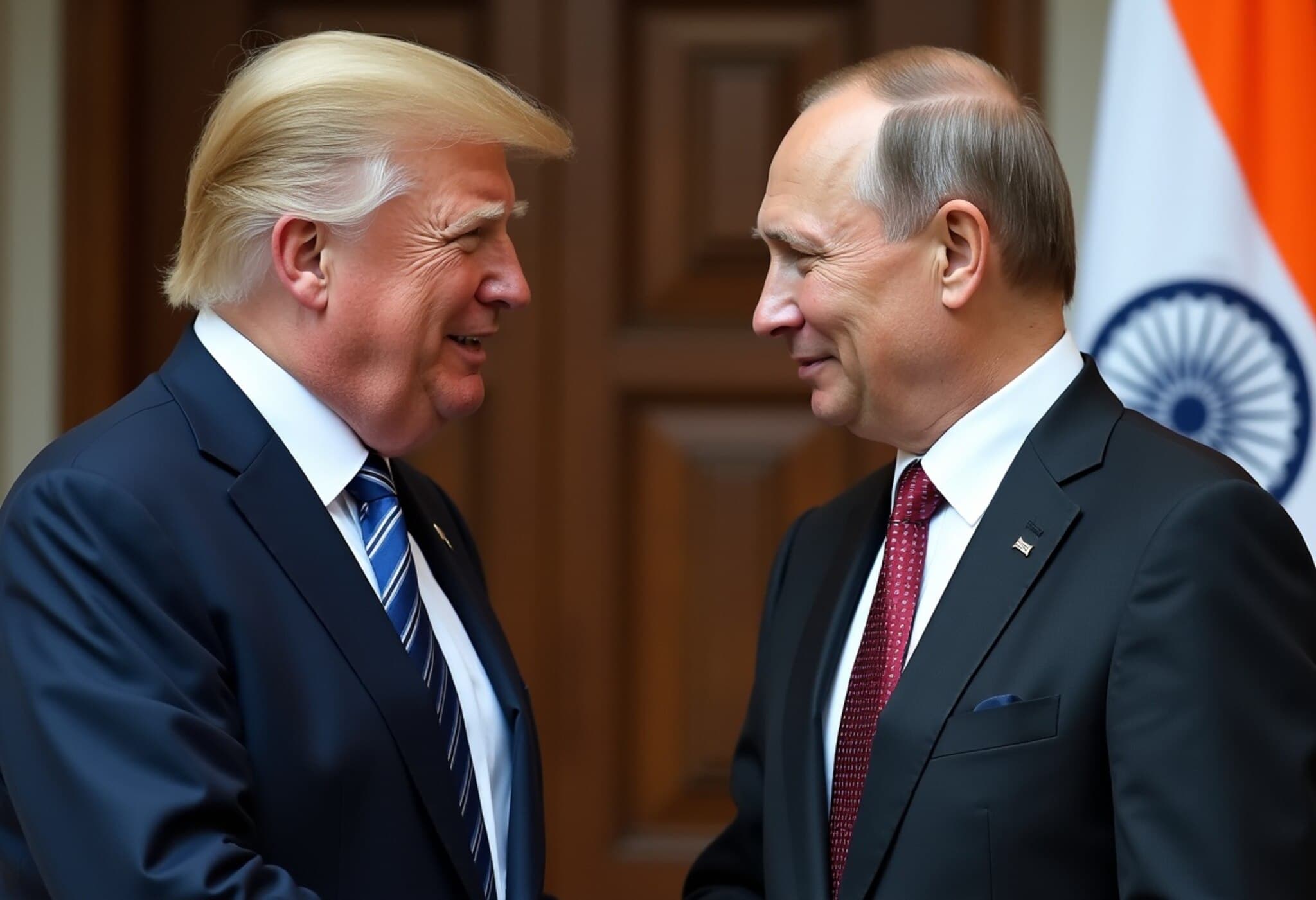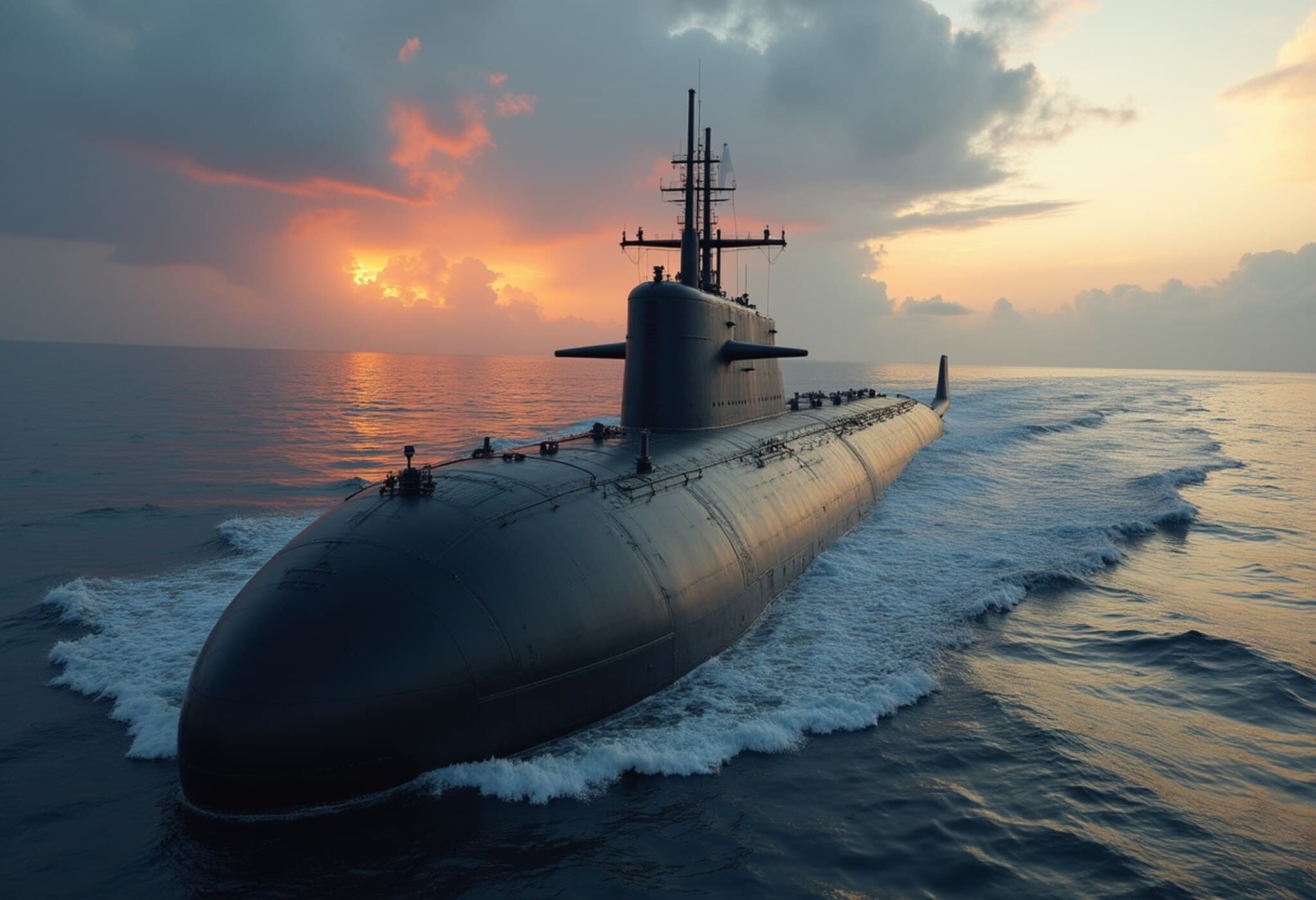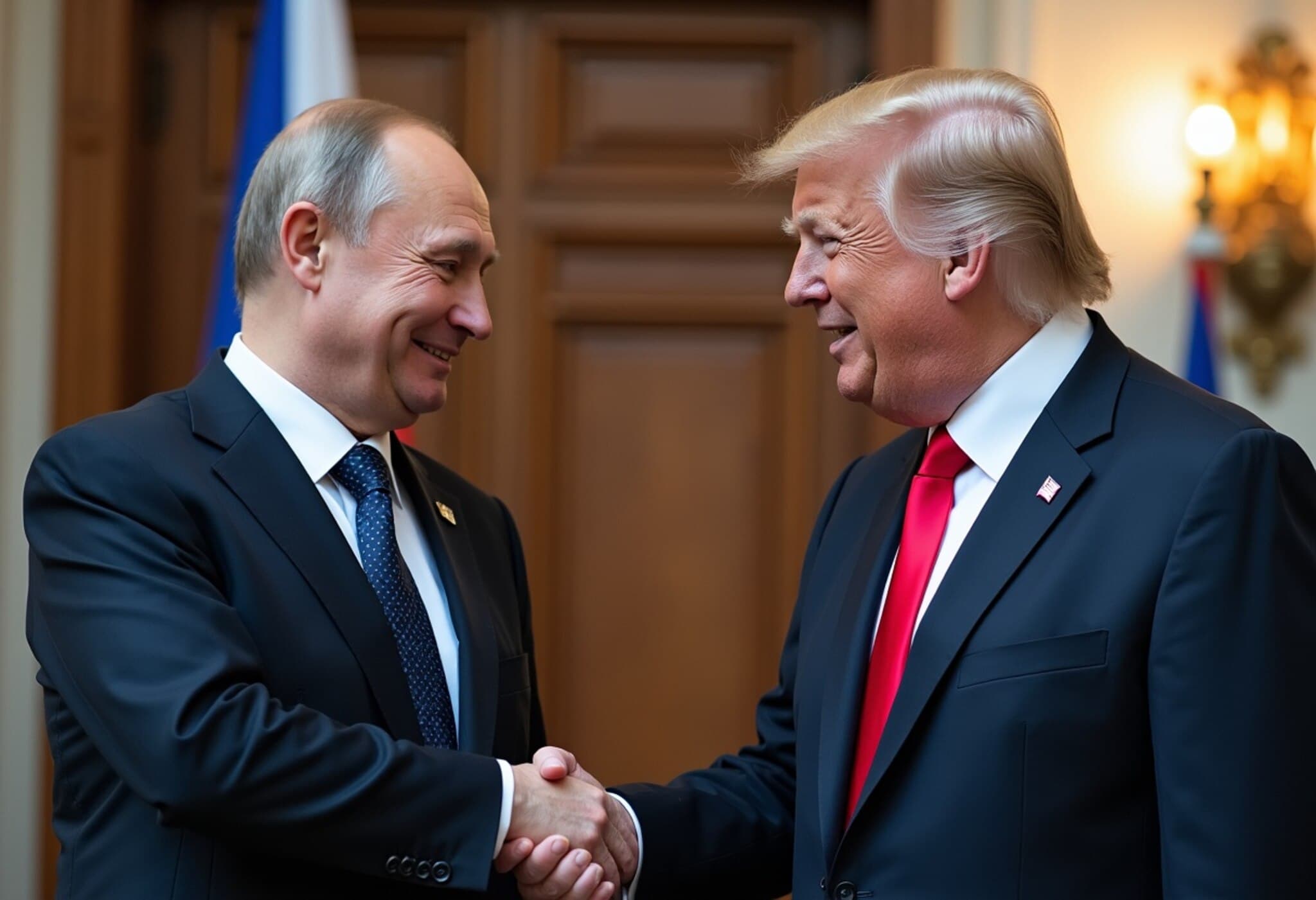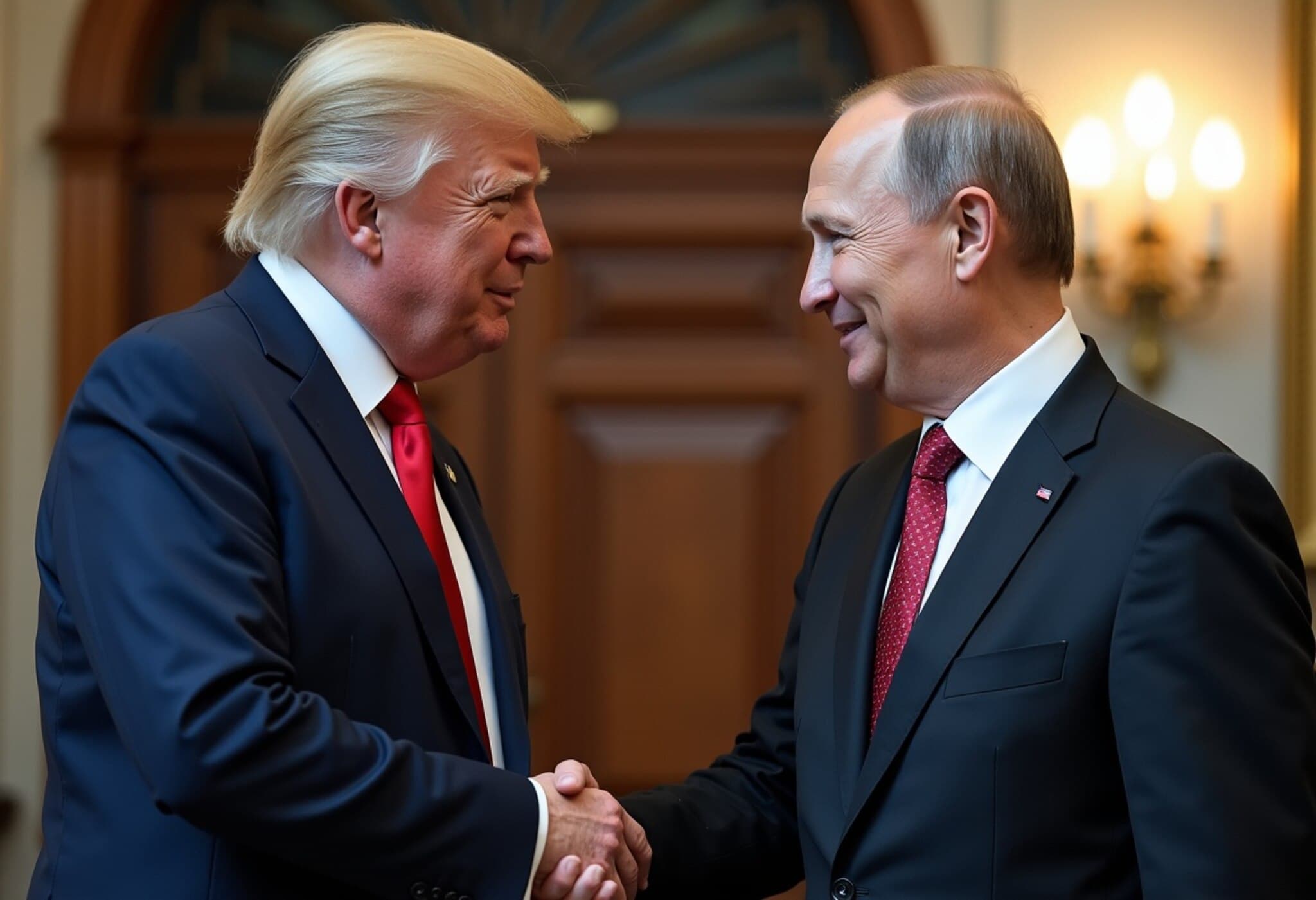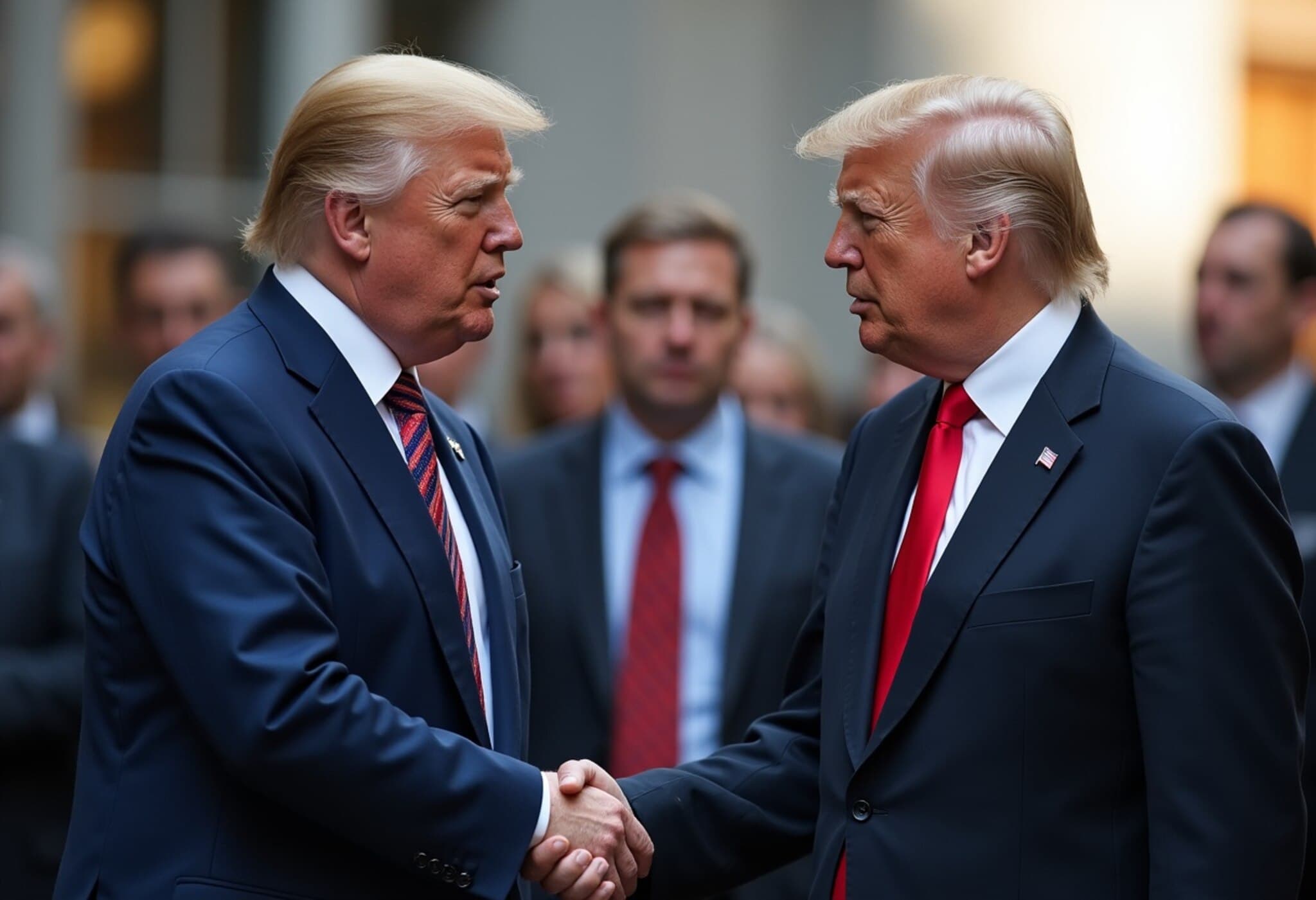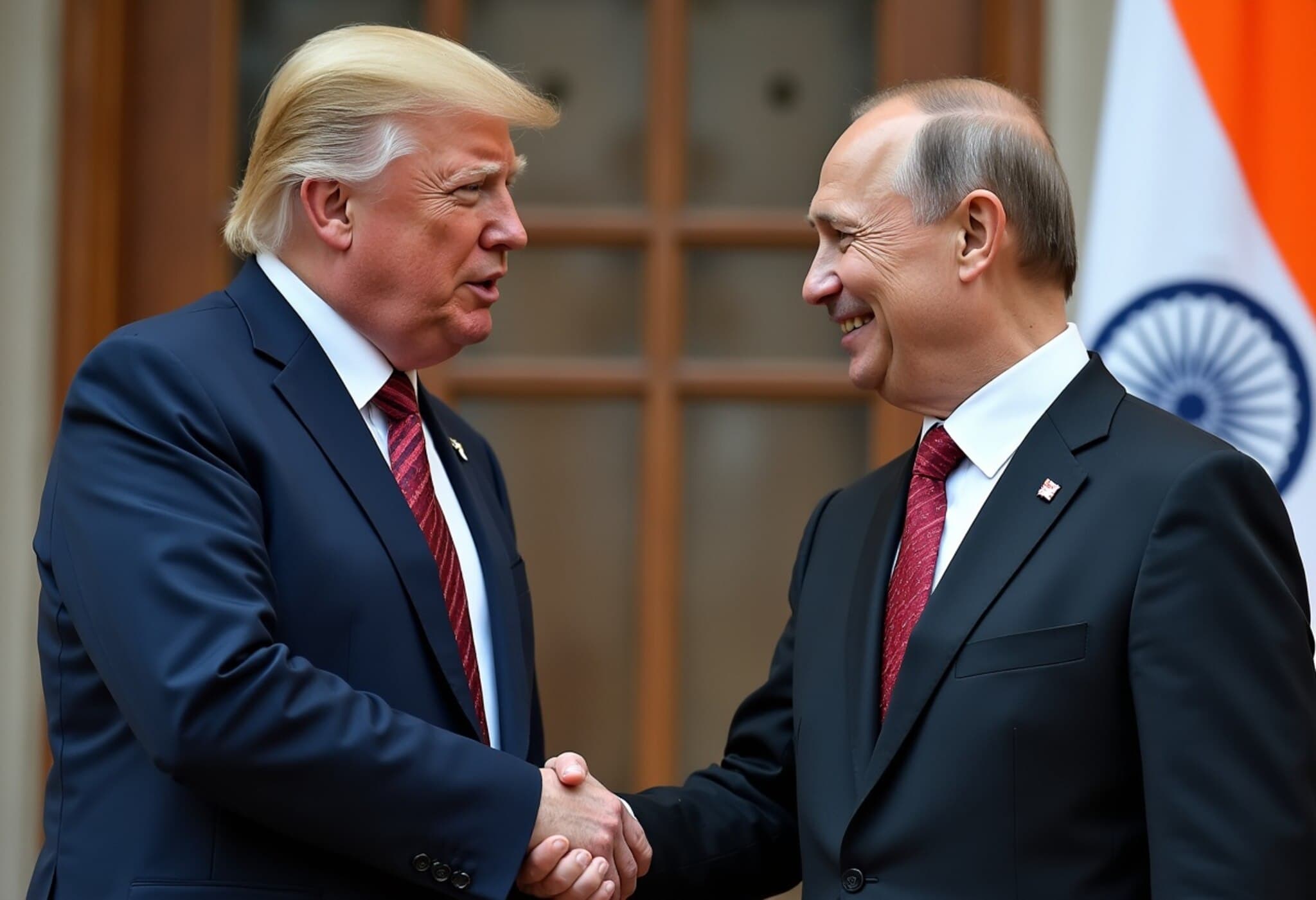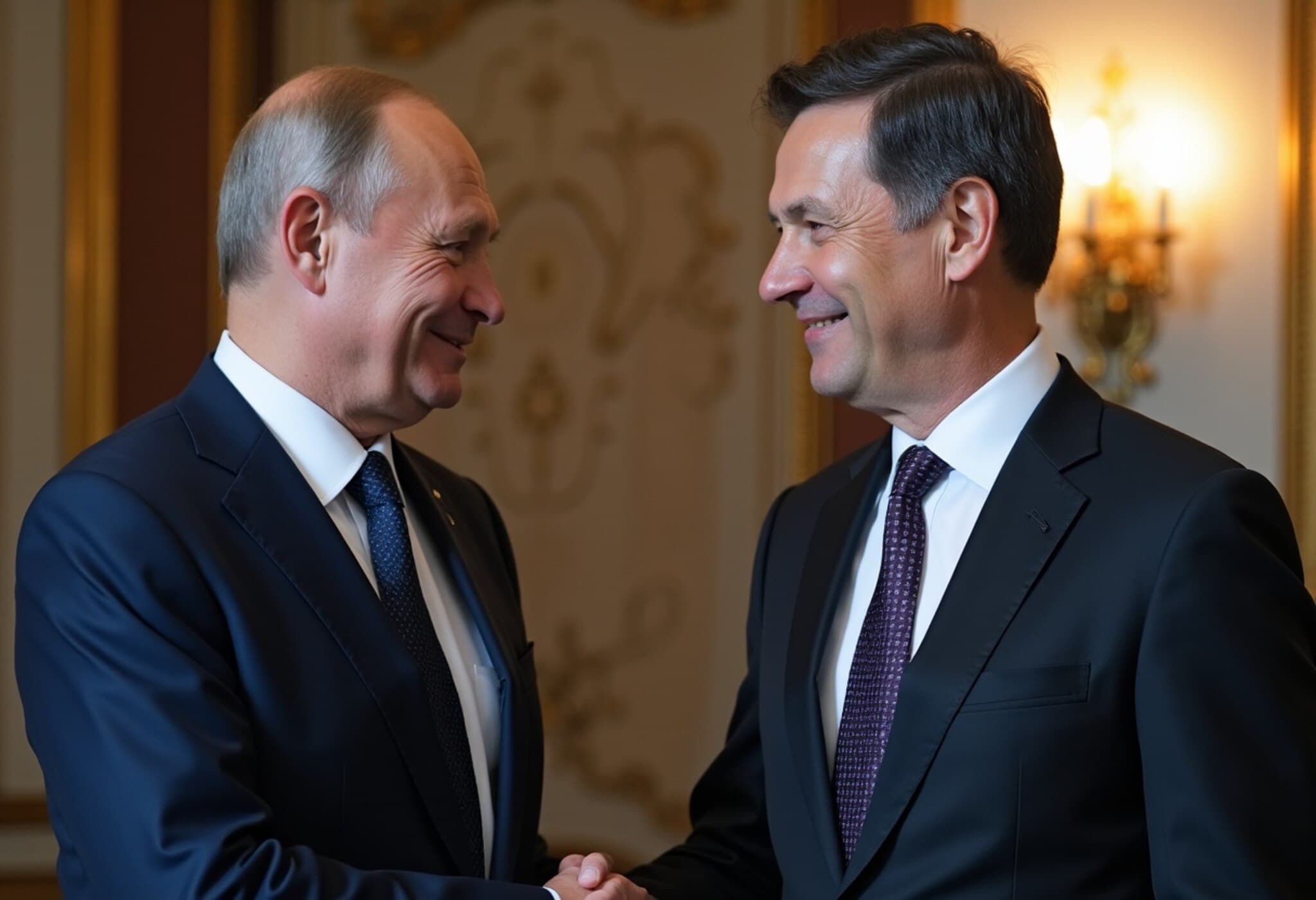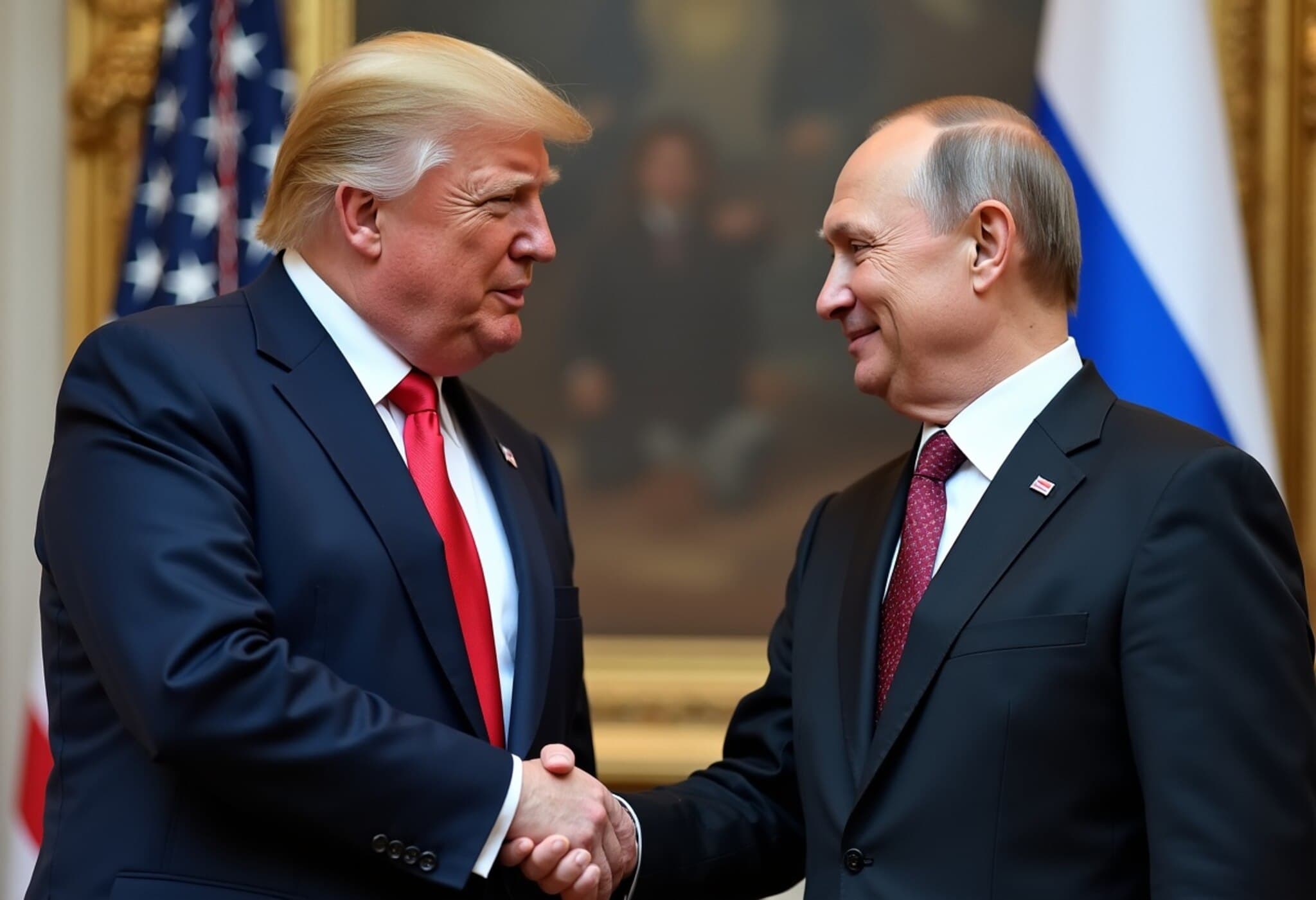No Concrete Agreement Emerges from Putin-Trump Talks on Ukraine
In a much-anticipated meeting held in Alaska, Russian President Vladimir Putin and former U.S. President Donald Trump engaged in discussions concerning the ongoing conflict in Ukraine. Despite optimistic remarks from both leaders about the spirit of the negotiations, no formal agreement was reached.
Context of the Alaska Talks
The dialogue took place against the backdrop of the prolonged Russia-Ukraine war that began in 2022 and has since reshaped global geopolitical dynamics. These talks in Alaska marked one of the rare direct exchanges involving high-profile figures who have expressed differing views on the conflict.
What the Leaders Said
- Vladimir Putin acknowledged the importance of dialogue but emphasized that Russia's strategic objectives and security concerns remain non-negotiable.
- Donald Trump highlighted the talks as a positive step forward but admitted that the complexities involved make swift resolutions difficult.
Both leaders stressed the need for ongoing communication despite the absence of an immediate breakthrough and called for multilateral engagement to foster peace.
Expert Analysis: Why No Deal Was Reached
Experts analyzing these developments point to several factors behind the stalemate:
- Divergent Objectives: Russia aims to secure geopolitical influence over Ukraine, which contradicts Western demands for Ukrainian sovereignty and territorial integrity.
- Sanctions and Political Pressure: U.S. and allied sanctions impose significant constraints on Russia, complicating any concessions Moscow might consider.
- Domestic Political Dynamics: Both Putin and Trump face internal political pressures that limit their flexibility in negotiations.
Broader Implications for U.S.-Russia Relations
While the Alaska talks did not yield an immediate resolution, they underscore the continuing relevance of bilateral dialogue amid escalating tensions. From an American policy perspective, engaging directly with Russian leadership—even informally through influential figures—could open new diplomatic channels beyond traditional state actors.
However, many analysts caution that without a comprehensive, enforceable framework addressing core security concerns and humanitarian issues in Ukraine, superficial goodwill is unlikely to translate into peace.
Underreported Perspectives
What has garnered less attention amid the headlines is the impact of these talks on Ukrainian citizens and regional stability. Some observers suggest that while high-profile negotiations draw international interest, grassroots-level conflict resolution and economic rebuilding efforts remain overlooked.
Additionally, the role of other global players—European allies, China, and NATO—is crucial in shaping any enduring solution but was largely absent from the discussions.
Looking Ahead: What Comes Next?
The failure to reach a deal highlights the complexity and fragility of the Ukraine crisis and suggests that any path to peace will likely be incremental and fraught with setbacks. Monitoring future engagements and multilateral talks will be essential to gauge potential progress.
Key Takeaways:
- No direct agreement was secured despite constructive dialogue.
- Underlying political and strategic barriers remain significant.
- Continued diplomatic efforts and multilateral involvement are vital.
- Ukraine’s humanitarian and regional implications need greater focus.
Editor’s Note:
The Alaska negotiations between Putin and Trump represent a snapshot of the broader geopolitical chessboard surrounding the Ukraine conflict. While no immediate deal was forged, the discussions remind us that even amidst entrenched hostilities, dialogue persists as a necessary, if insufficient, tool for peace. Readers should consider how international power plays impact both policymakers and people on the ground, and what roles global actors can realistically play to foster lasting stability.

